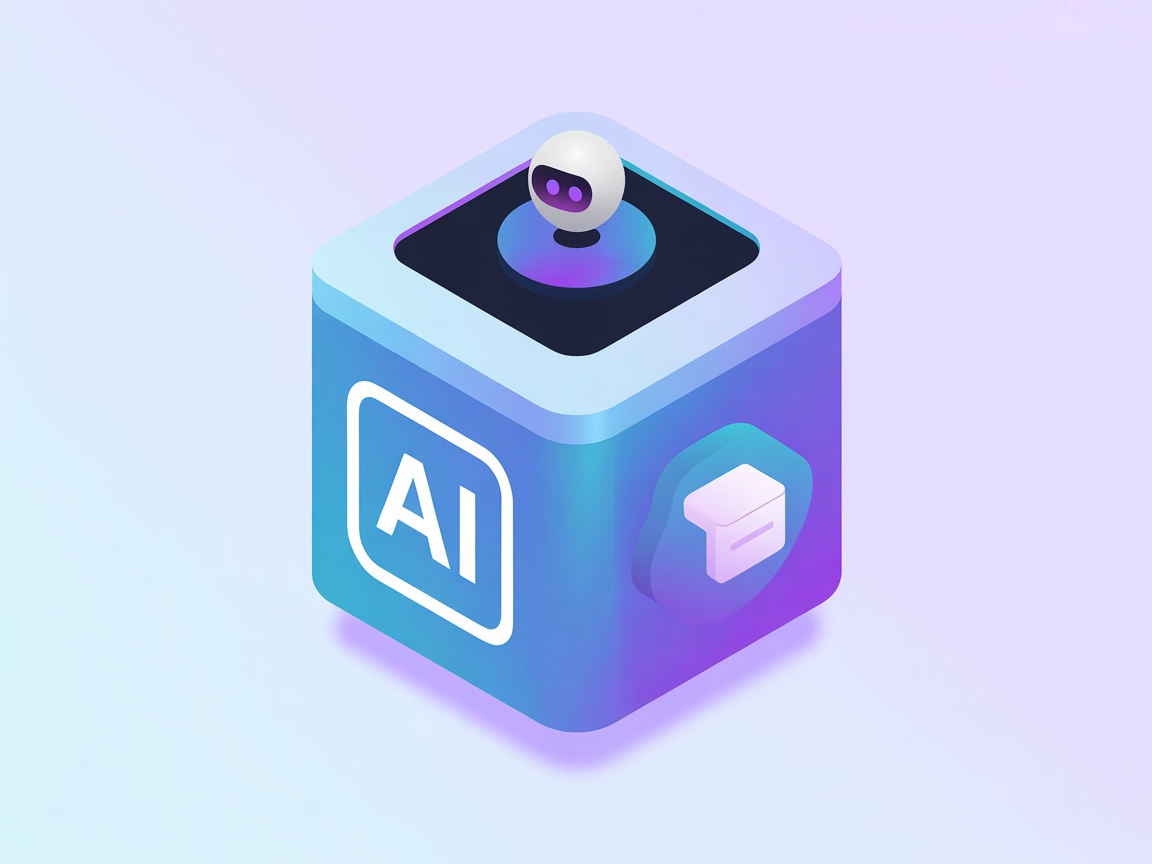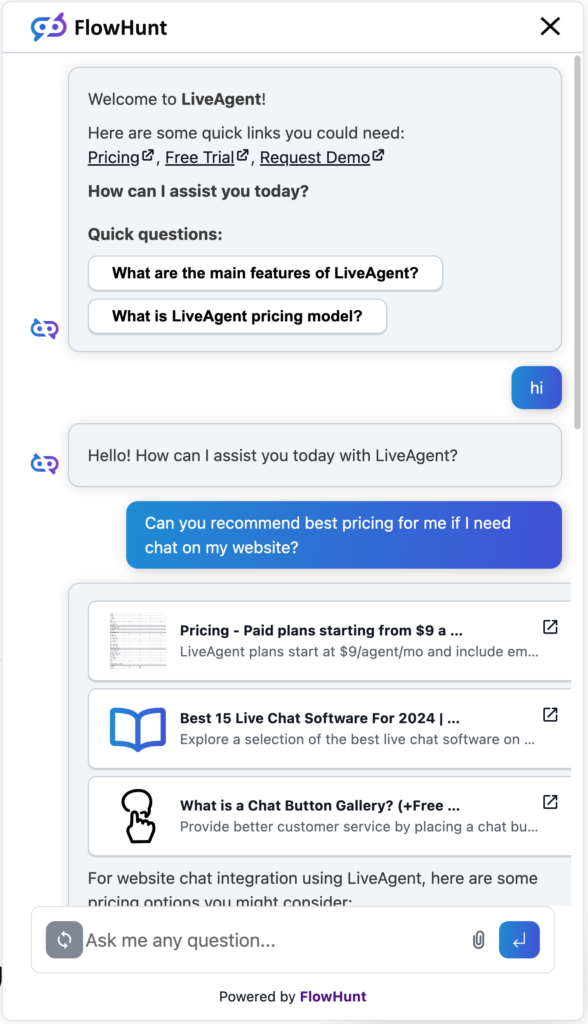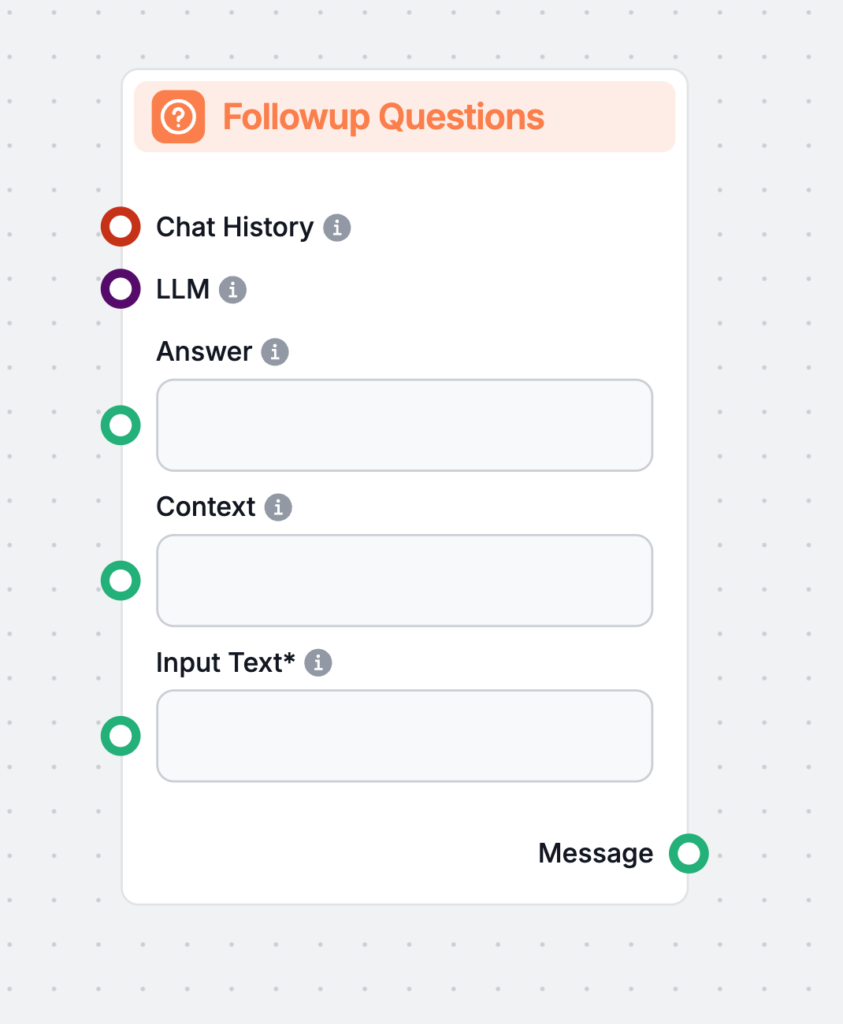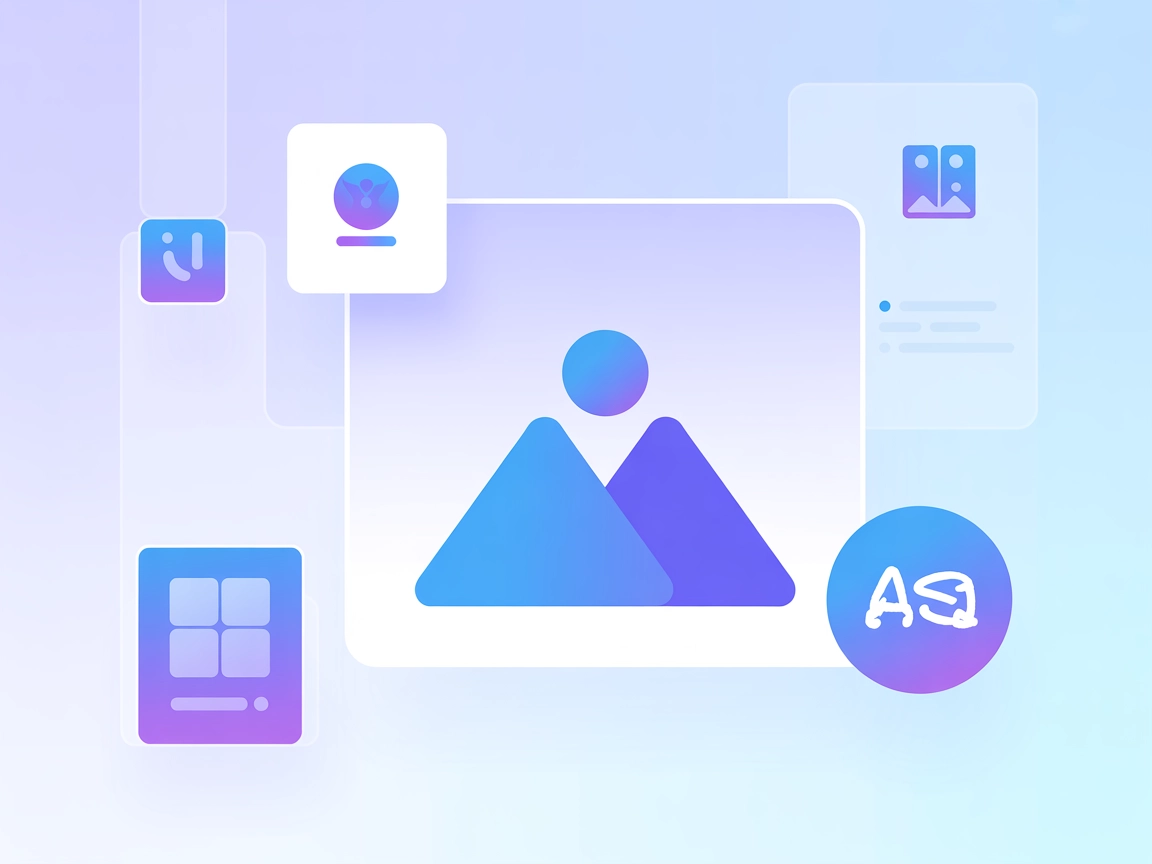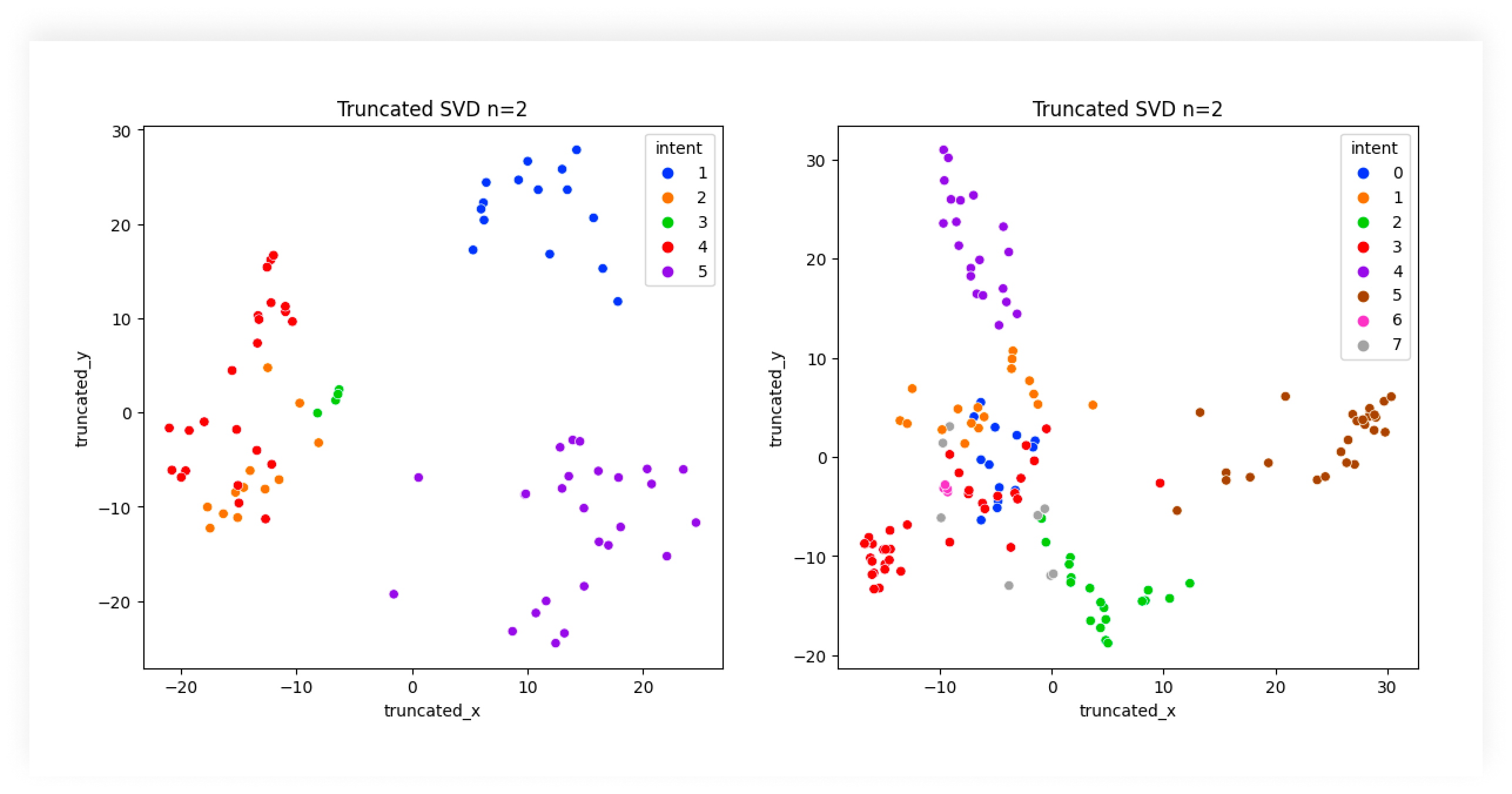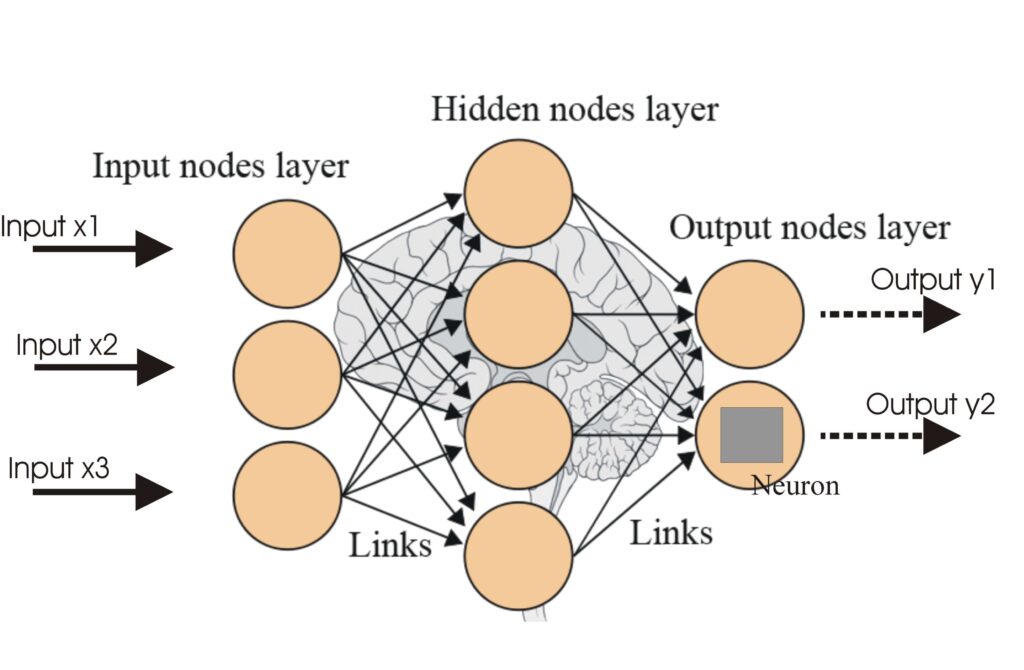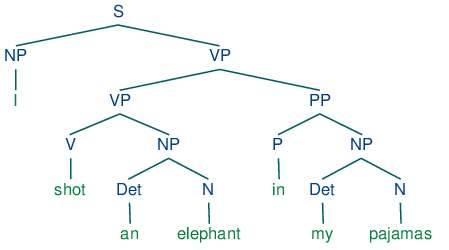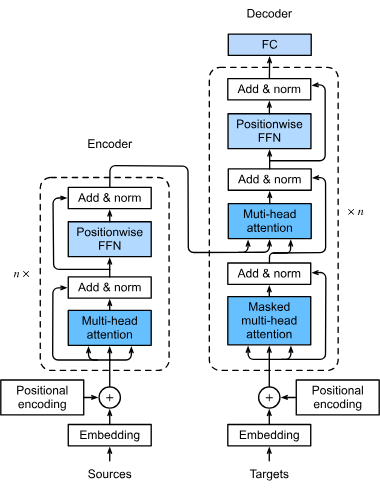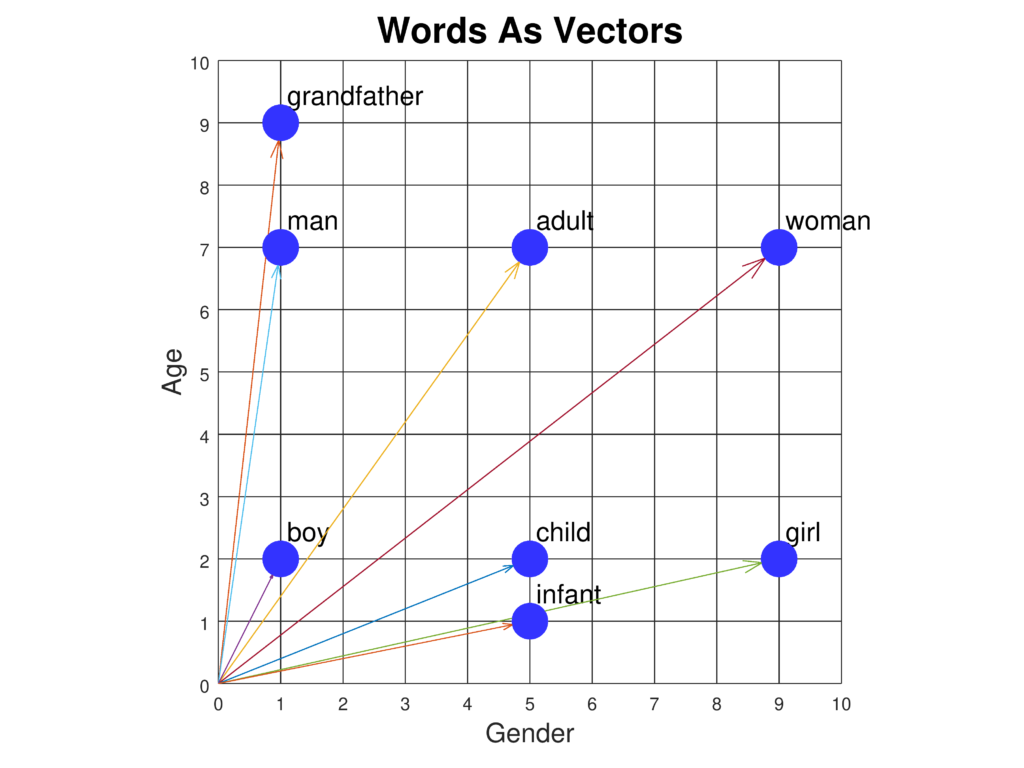
AI Automation System
An AI Automation System integrates artificial intelligence technologies with automation processes, enhancing traditional automation with cognitive abilities lik...
An AI Automation System integrates artificial intelligence technologies with automation processes, enhancing traditional automation with cognitive abilities lik...
Artificial Intelligence (AI) in cybersecurity leverages AI technologies such as machine learning and NLP to detect, prevent, and respond to cyber threats by aut...
Artificial Intelligence (AI) in healthcare leverages advanced algorithms and technologies like machine learning, NLP, and deep learning to analyze complex medic...
Discover a scalable Python solution for invoice data extraction using AI-based OCR. Learn how to convert PDFs, upload images to FlowHunt’s API, and retrieve str...
Discover what an AI SDR is and how Artificial Intelligence Sales Development Representatives automate prospecting, lead qualification, outreach, and follow-ups,...
This tool is perfect for professionals, students, and anyone dealing with extensive information. It helps you turn long text into short summaries.
AI-powered marketing leverages artificial intelligence technologies like machine learning, NLP, and predictive analytics to automate tasks, gain customer insigh...
AllenNLP is a robust open-source library for NLP research, built on PyTorch by AI2. It offers modular, extensible tools, pre-trained models, and easy integratio...
Auto-classification automates content categorization by analyzing properties and assigning tags using technologies like machine learning, NLP, and semantic anal...
Discover BERT (Bidirectional Encoder Representations from Transformers), an open-source machine learning framework developed by Google for natural language proc...
Bidirectional Long Short-Term Memory (BiLSTM) is an advanced type of Recurrent Neural Network (RNN) architecture that processes sequential data in both forward ...
The BLEU score, or Bilingual Evaluation Understudy, is a critical metric in evaluating the quality of text produced by machine translation systems. Developed by...
Chatbots are digital tools that simulate human conversation using AI and NLP, offering 24/7 support, scalability, and cost-effectiveness. Discover how chatbots ...
ChatGPT is a state-of-the-art AI chatbot developed by OpenAI, utilizing advanced Natural Language Processing (NLP) to enable human-like conversations and assist...
Cognitive computing represents a transformative technology model that simulates human thought processes in complex scenarios. It integrates AI and signal proces...
Content Enrichment with AI enhances raw, unstructured content by applying artificial intelligence techniques to extract meaningful information, structure, and i...
Conversational AI refers to technologies that enable computers to simulate human conversations using NLP, machine learning, and other language technologies. It ...
Coreference resolution is a fundamental NLP task that identifies and links expressions in text referring to the same entity, crucial for machine understanding i...
A Corpus (plural: corpora) in AI refers to a large, structured set of texts or audio data used for training and evaluating AI models. Corpora are essential for ...
Explore Crew.ai and Langchain multi-agent frameworks. Crew.ai excels in collaboration and task division, ideal for complex simulations, while Langchain is stron...
Data scarcity refers to insufficient data for training machine learning models or comprehensive analysis, hindering the development of accurate AI systems. Disc...
Dependency Parsing is a syntactic analysis method in NLP that identifies grammatical relationships between words, forming tree-like structures essential for app...
Discover how 'Did You Mean' (DYM) in NLP identifies and corrects errors in user input, such as typos or misspellings, and suggests alternatives to enhance user ...
Learn about Discriminative AI Models—machine learning models focused on classification and regression by modeling decision boundaries between classes. Understan...
Enhanced Document Search with NLP integrates advanced Natural Language Processing techniques into document retrieval systems, improving accuracy, relevance, and...
An embedding vector is a dense numerical representation of data in a multidimensional space, capturing semantic and contextual relationships. Learn how embeddin...
Extractive AI is a specialized branch of artificial intelligence focused on identifying and retrieving specific information from existing data sources. Unlike g...
The F-Score, also known as the F-Measure or F1 Score, is a statistical metric used to evaluate the accuracy of a test or model, particularly in binary classific...
Model fine-tuning adapts pre-trained models for new tasks by making minor adjustments, reducing data and resource needs. Learn how fine-tuning leverages transfe...
A Foundation AI Model is a large-scale machine learning model trained on vast amounts of data, adaptable to a wide range of tasks. Foundation models have revolu...
A Generative Pre-trained Transformer (GPT) is an AI model that leverages deep learning techniques to produce text closely mimicking human writing. Based on the ...
Gensim is a popular open-source Python library for natural language processing (NLP), specializing in unsupervised topic modeling, document indexing, and simila...
Hugging Face Transformers is a leading open-source Python library that makes it easy to implement Transformer models for machine learning tasks in NLP, computer...
Discover FlowHunt's AI-powered Image Caption Generator. Instantly create engaging, relevant captions for your images with customizable themes and tones—perfect ...
Information Retrieval leverages AI, NLP, and machine learning to efficiently and accurately retrieve data that meets user requirements. Foundational for web sea...
Discover what an Insight Engine is—an advanced, AI-driven platform that enhances data search and analysis by understanding context and intent. Learn how Insight...
Intelligent Document Processing (IDP) is an advanced technology leveraging AI to automate extraction, processing, and analysis of data from various documents. I...
Discover the essential role of AI Intent Classification in enhancing user interactions with technology, improving customer support, and streamlining business op...
LangChain is an open-source framework for developing applications powered by Large Language Models (LLMs), streamlining the integration of powerful LLMs like Op...
Language detection in large language models (LLMs) is the process by which these models identify the language of input text, enabling accurate processing for mu...
A Large Language Model (LLM) is a type of AI trained on vast textual data to understand, generate, and manipulate human language. LLMs use deep learning and tra...
Large Language Model Meta AI (LLaMA) is a cutting-edge natural language processing model developed by Meta. With up to 65 billion parameters, LLaMA excels at un...
LazyGraphRAG is an innovative approach to Retrieval-Augmented Generation (RAG), optimizing efficiency and reducing costs in AI-driven data retrieval by combinin...
Artificial Intelligence (AI) in legal document review represents a significant shift in how legal professionals handle the overwhelming volume of documents inhe...
Long Short-Term Memory (LSTM) is a specialized type of Recurrent Neural Network (RNN) architecture designed to learn long-term dependencies in sequential data. ...
Multi-hop reasoning is an AI process, especially in NLP and knowledge graphs, where systems connect multiple pieces of information to answer complex questions o...
Natural Language Generation (NLG) is a subfield of AI focused on converting structured data into human-like text. NLG powers applications such as chatbots, voic...
Natural Language Processing (NLP) enables computers to understand, interpret, and generate human language using computational linguistics, machine learning, and...
Natural Language Processing (NLP) is a subfield of artificial intelligence (AI) enabling computers to understand, interpret, and generate human language. Discov...
A neural network, or artificial neural network (ANN), is a computational model inspired by the human brain, essential in AI and machine learning for tasks like ...
Natural Language Toolkit (NLTK) is a comprehensive suite of Python libraries and programs for symbolic and statistical natural language processing (NLP). Widely...
Discover what a Paragraph Rewriter is, how it works, its key features, and how it can improve writing quality, avoid plagiarism, and enhance SEO through advance...
Parameter-Efficient Fine-Tuning (PEFT) is an innovative approach in AI and NLP that enables adapting large pre-trained models to specific tasks by updating only...
Paraphrasing in communication is the skill of restating another person's message in your own words while preserving the original meaning. It ensures clarity, fo...
Part-of-Speech Tagging (POS tagging) is a pivotal task in computational linguistics and natural language processing (NLP). It involves assigning each word in a ...
Perplexity AI is an advanced AI-powered search engine and conversational tool that leverages NLP and machine learning to deliver precise, contextual answers wit...
PyTorch is an open-source machine learning framework developed by Meta AI, renowned for its flexibility, dynamic computation graphs, GPU acceleration, and seaml...
Recurrent Neural Networks (RNNs) are a sophisticated class of artificial neural networks designed to process sequential data by utilizing memory of previous inp...
The ROUGE score is a set of metrics used to evaluate the quality of machine-generated summaries and translations by comparing them to human references. Widely u...
Discover how AI Sales Script Generators use NLP and NLG to craft personalized, persuasive sales scripts for calls, emails, video, and social outreach, streamlin...
Semantic Analysis is a crucial Natural Language Processing (NLP) technique that interprets and derives meaning from text, enabling machines to understand langua...
Discover what an AI Sentence Rewriter is, how it works, its use cases, and how it helps writers, students, and marketers rephrase text while preserving meaning ...
Sentiment analysis, also known as opinion mining, is a crucial AI and NLP task for classifying and interpreting the emotional tone of text as positive, negative...
Discover sequence modeling in AI and machine learning—predict and generate sequences in data like text, audio, and DNA using RNNs, LSTMs, GRUs, and Transformers...
spaCy is a robust open-source Python library for advanced Natural Language Processing (NLP), known for its speed, efficiency, and production-ready features like...
Text classification, also known as text categorization or text tagging, is a core NLP task that assigns predefined categories to text documents. It organizes an...
Text Generation with Large Language Models (LLMs) refers to the advanced use of machine learning models to produce human-like text from prompts. Explore how LLM...
Text summarization is an essential AI process that distills lengthy documents into concise summaries, preserving key information and meaning. Leveraging Large L...
Transfer Learning is a powerful AI/ML technique that adapts pre-trained models to new tasks, improving performance with limited data and enhancing efficiency ac...
A transformer model is a type of neural network specifically designed to handle sequential data, such as text, speech, or time-series data. Unlike traditional m...
Transformers are a revolutionary neural network architecture that has transformed artificial intelligence, especially in natural language processing. Introduced...
Learn the fundamentals of AI intent classification, its techniques, real-world applications, challenges, and future trends in enhancing human-machine interactio...
Windowing in artificial intelligence refers to processing data in segments or “windows” to analyze sequential information efficiently. Essential in NLP and LLMs...
Word embeddings are sophisticated representations of words in a continuous vector space, capturing semantic and syntactic relationships for advanced NLP tasks l...


